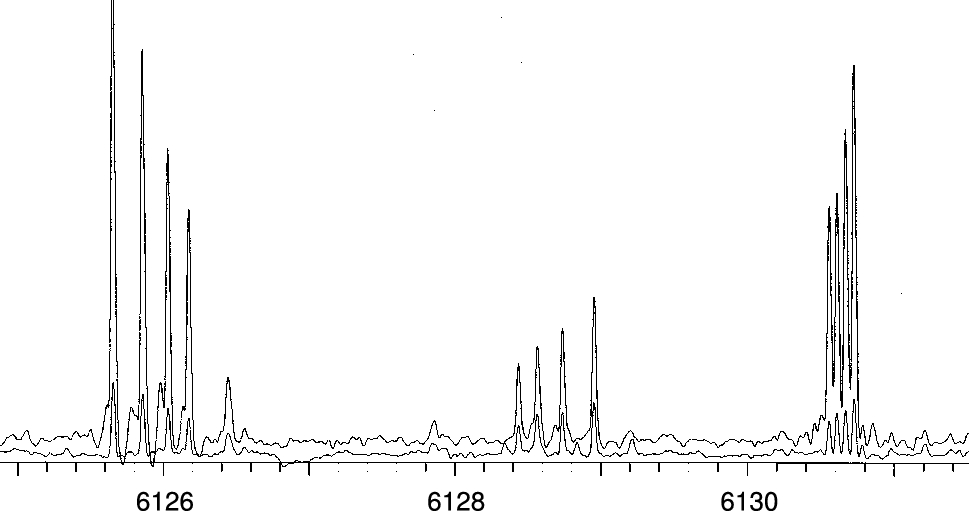EPJ D Highlight - Discovering new details in atomic hyperfine structures
- Details
- Published on 20 September 2024

A new approach to analysing infrared spectra reveal 20 new energy levels in the hyperfine structure of Protactinium
Since the late 1960s, the Laboratoire Aimé Cotton (LAC) in Orsay, France, has made significant progress in the classification of complex atomic spectra. These advances have been driven both by the development of Fourier transform spectroscopy, and through novel theoretical interpretations of atomic spectra.
In new research published in EPJ D, Sophie Kröger from the Berlin University of Technology and Economics carried out detailed analysis of Protactinium's infrared (IR) spectrum, revealing 20 new energy levels that were previously undetectable with earlier methods employed by the LAC. The study showcases important progress in the precision of atomic spectrum measurements, which could soon offer deeper insights into atomic structures and interactions.
IR spectra reveal the wavelengths absorbed by atomic samples as they interact with infrared light. These spectra can provide detailed information about hyperfine structures: tiny variations in atomic energy levels that result from complex electromagnetic interactions between atomic nuclei and surrounding clouds of orbiting electrons, which manifest as distinct peaks in the IR spectra.
In her study, Kröger focused on the IR spectrum of Protactinium, which exhibits an especially intricate hyperfine splitting. To enhance the accuracy of previous LAC measurements, she employed an advanced mathematical approach to Fourier transform spectroscopy. This technique converts variations in the IR signal into a spectrum showing how signal varies at different frequencies, allowing for high-precision analysis of the spectral lines.
By comparing the experimental data of hyperfine peak wavelengths with theoretical models, Kröger was able to identify 20 new energy levels in Protactinium’s hyperfine structure. By expanding on this approach, she now hopes to uncover even more subtle energy levels in future studies. Overall, the research highlights the significant strides made in atomic spectroscopy and, could pave the way for fascinating new discoveries in atomic and molecular physics.
Kröger, S. High precision in a Fourier-transform spectrum of protactinium: extensive weighted least-squares fits of peak wavenumbers for analysis of fine and hyperfine structure. Eur. Phys. J. D 78, 104 (2024). https://doi.org/10.1140/epjd/s10053-024-00895-7




